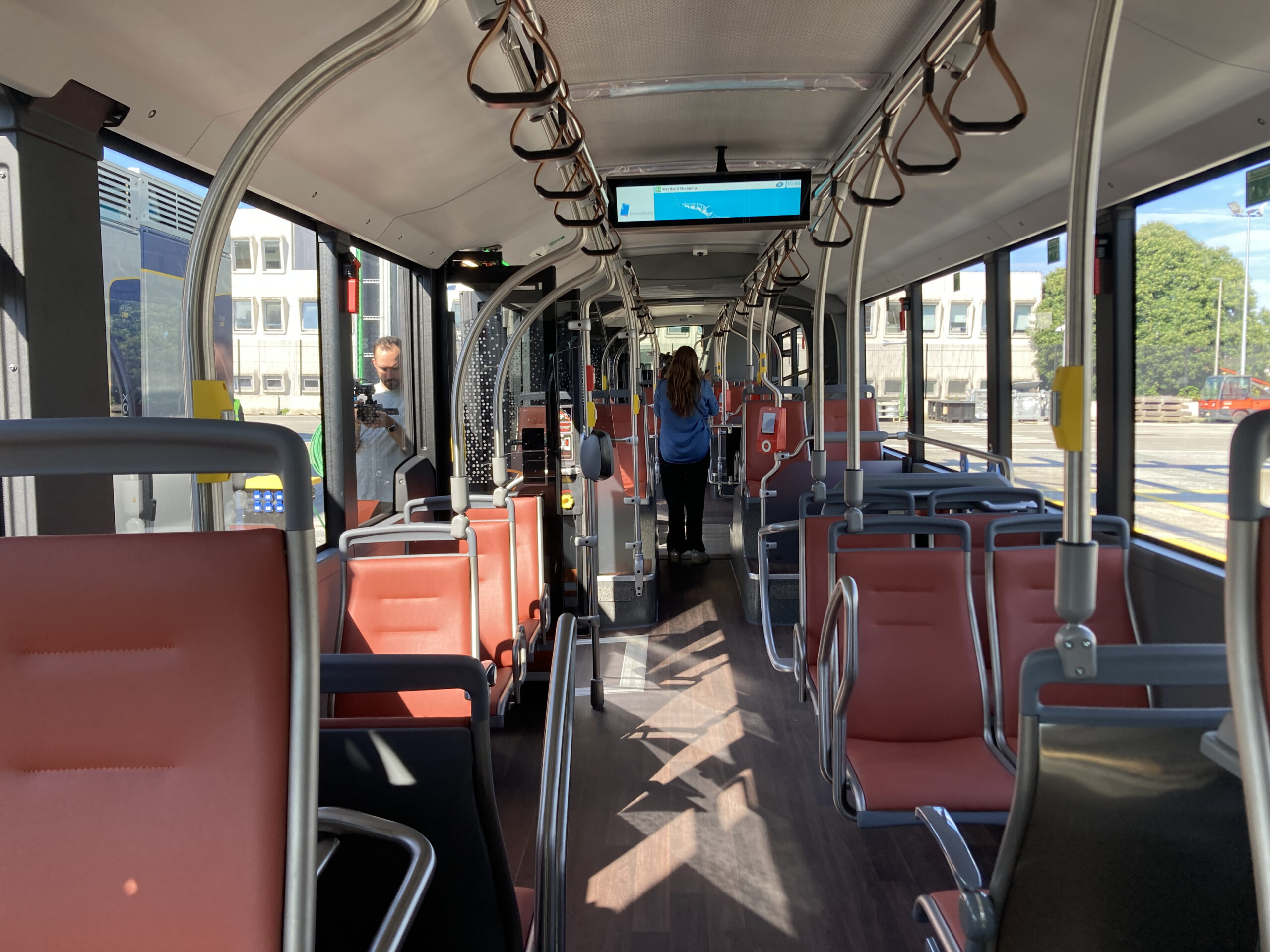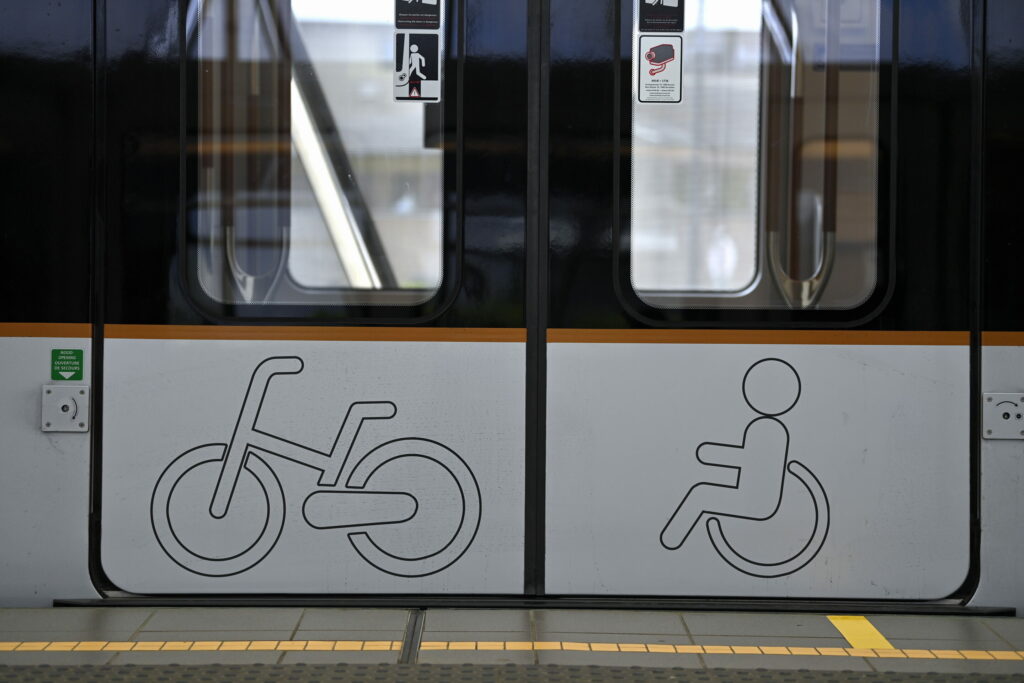The feasibility of travel on the Brussels public transport company STIB's network leaves much to be desired for people with disabilities, according to a study by the scientific journal Brussels Studies.
In the study, geographer Frédéric Dobruszkes (ULB), bioengineer Martin Grandjean and urban planner and sociologist Arthur Nihoul (UCLouvain) examined the extent to which it is feasible for people with disabilities to move freely and efficiently in the capital.
"The survey results clearly show that public transport is insufficiently accessible. Additionally, the qualitative part of the study shows that travel routes are only suitable for people with disabilities if the stops are also effectively accessible to them," they said.
The researchers modelled the travel times needed to reach 20 destinations from any stop on the network, with or without travel restrictions. They also calculated the number of transfers and the average walking distance for the trips.

Inside of STIB's first eCitaro electric articulated bus at the Marly depot. Credit: Belga/Lou Lampaert
Up to 52 minutes
The study, from October 2022, shows that people with disabilities often have to take longer routes (up to 68% longer depending on the travel restriction), transfer more often (up to 70% more) and walk longer (up to 54% longer) than people without disabilities.
A weekday commute from Flagey Square to ULB's Solbosch University campus would take an average of 13 minutes for those without disabilities, while differently-abled people would take up to 52 minutes, according to the authors.
Metro stations accessible to the disabled are still scarce and form the basic structure of the public transport network. As a result, destinations that can only be reached by metro are de facto very difficult to reach for people with disabilities.
Improvements to stations and public spaces are urgently needed, they stressed.

